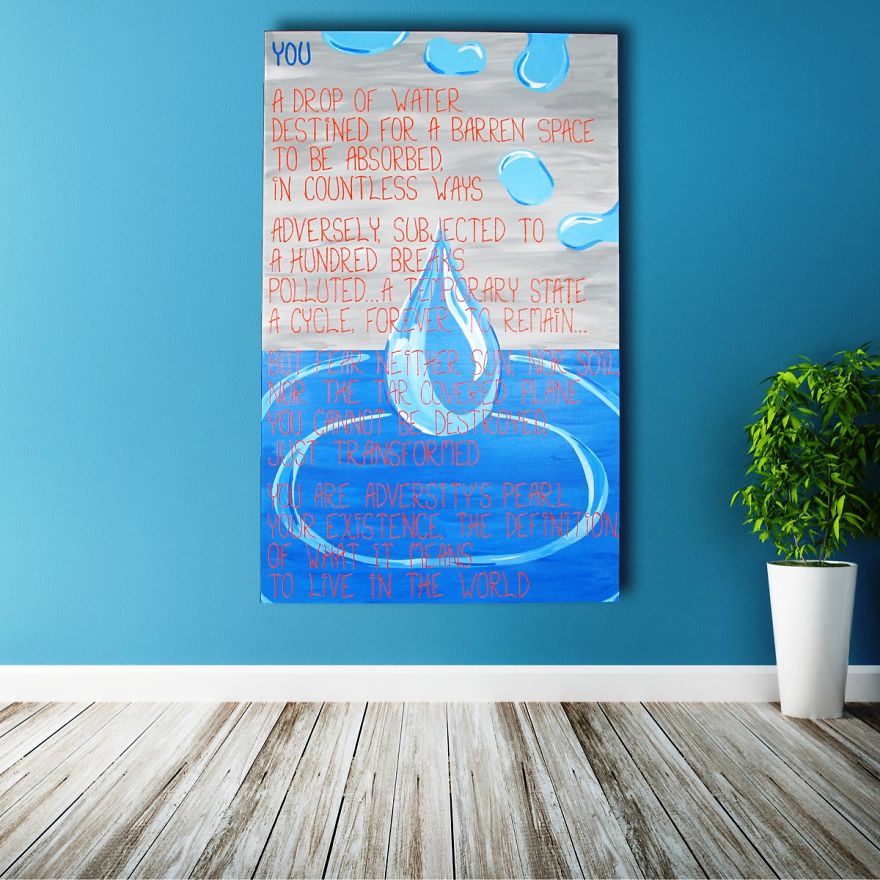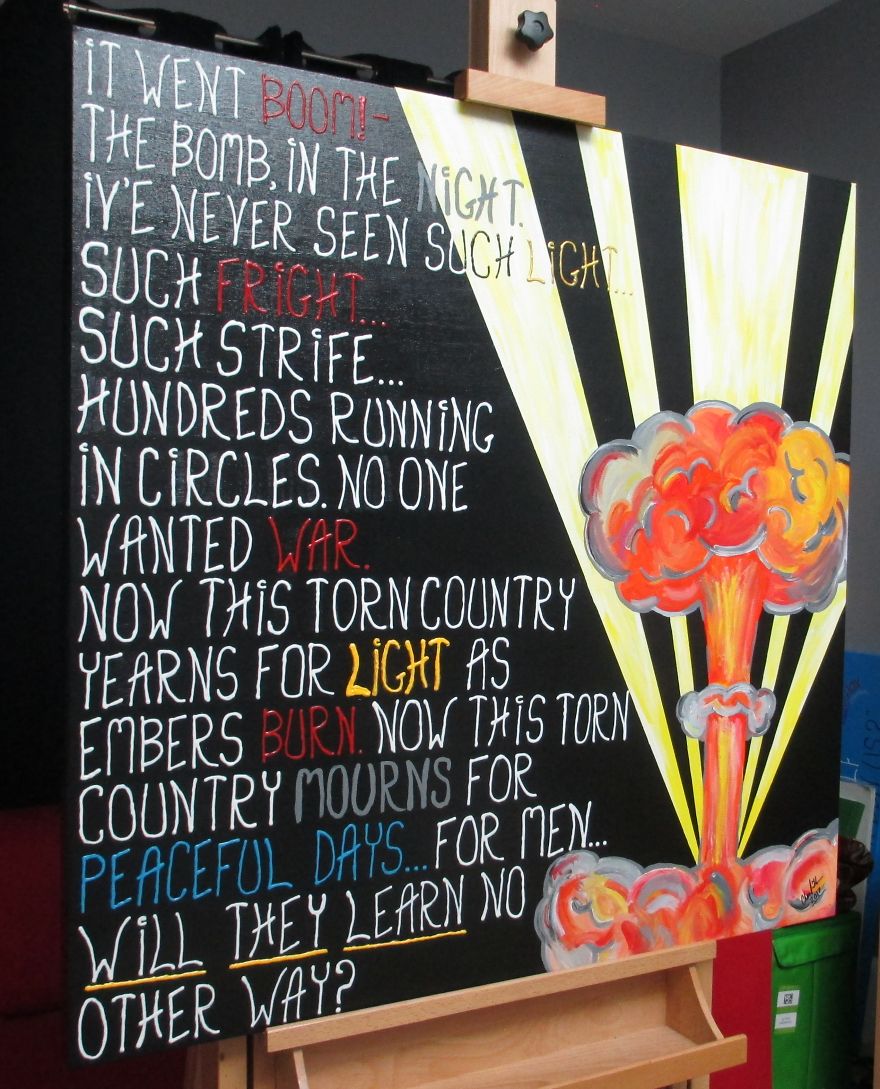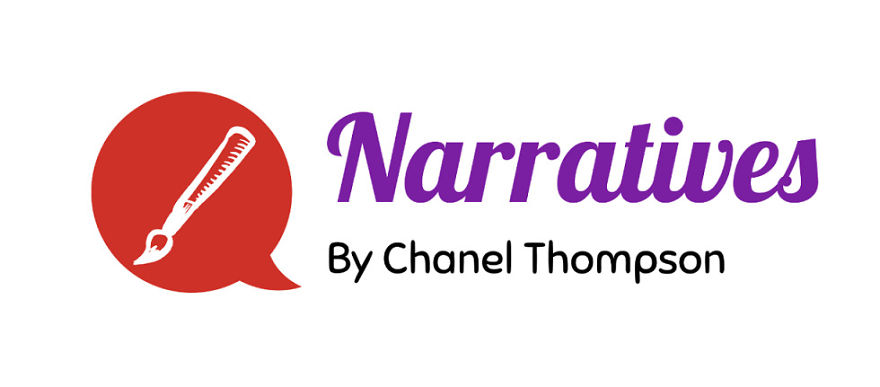Saving Poetry
As a writer, it’s difficult to say it, but poetry is dying. The once universal and beloved art of expressing the human experience and the natural world sustains itself primarily through the popularity of spoken word performances and online poetry journals. Sadly, if the name, William Butler Yeats, is familiar it’s merely the remembrance of a singular poem read in high school. That’s where the memory ends for most people. The same holds true for modern poet’s and their works as well.
Reading and writing poetry, chiefly a quiet and internal pastime, struggles to thrive in today’s “entertainment” culture. This evolution serves spoken word poetry well with its focus on emotion and performance. However, while engaging, even spoken word with most performances focusing on familial, social and cultural issues is limiting. You won’t finds poems about rivers and the beauty of nature in that realm. Nevertheless, the performance keeps poetry alive. Likewise, online journals, and poetry groups have allowed individuals to share their works and have allowed for immediate access to diverse works for the younger set. However, even this sphere suffers from engagement because reading in terms of quality and quantity is on the decline.
Again, today’s entertainment culture has led to a narrowing of reading interest. Works that were once popular are considered antiquated. Likewise, works that were once considered quite exciting are viewed as dull, in today’s reader’s eyes. Often, individuals reach for the easy read, the drama-filled story, which often lacks in plot, theme, and rich vocabulary. Poetry, which can be dramatic, still suffers because it requires analysis and investment, with gratification coming after multiple reads.
Reading regularly, has become a hobby of the few. Today’s teens, and young adults are much more engrossed in social experiences and entertainment that engages all the senses. As a result, the reading of literature in general is on the decline. If one chooses to read, often the reading is brief, dramatic, and straightforward. We could get more into the “Why?” here, but that’s another more complicated conversation.
So, how do we draw people into appreciating poetry again?
Given what we do know about American culture, and its ever-evolving values, and interests, it’s clear that poetry has to be made public. Like a novel, a book of poetry sits hidden on a shelf. In most instances, nothing about that binding or cover is going to entice today’s reader to take a chance on opening that book. Nothing about that book speaks to the modern consumer’s need for immediate gratification and their desire to socialize. However, when we take poetry, merge it with art and display it in various social spaces we reengage people with this cherished art form. On canvas, the poem now becomes a part of our home décor, a statement piece for socializing. In a public space, the poem becomes a way to promote our mission. In an office setting, it serves as a reference for daily inspiration.
No matter the environment, the poem merged with art, and displayed publicly revives itself. No longer will poetry be hidden. In this way, it grows its audience, ensuring the survival of poetry for years to come.
Check out my 100% original poems on canvas at-
@NarrativesArtStudio on Facebook
https://www.etsy.com/shop/NarrativesArtStudio
“More Than Wall Art”
“Making Poetry Public”
More info: Etsy








0
0